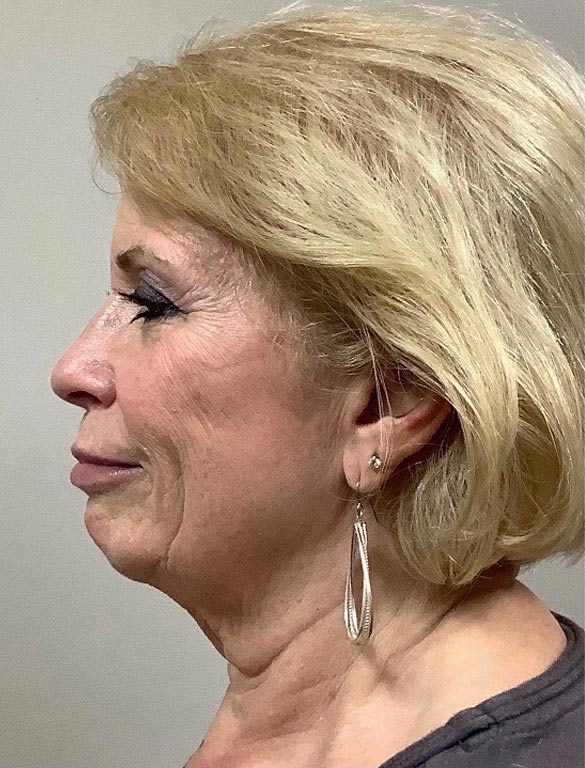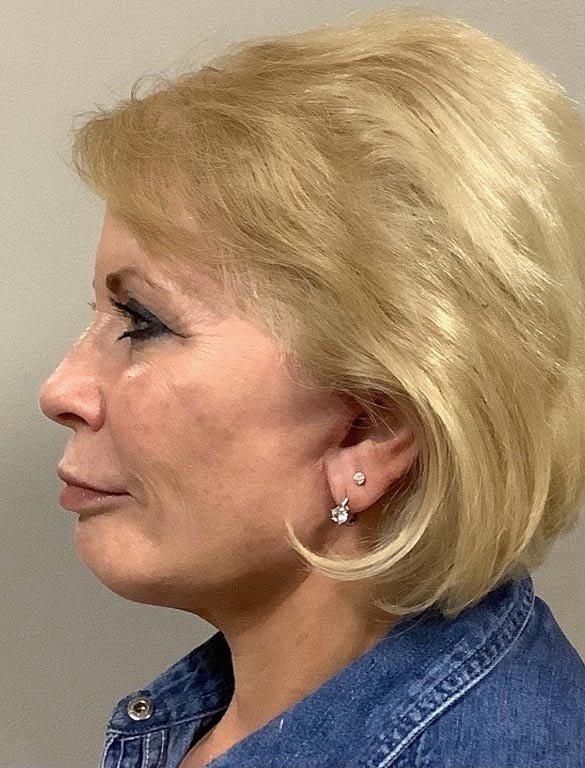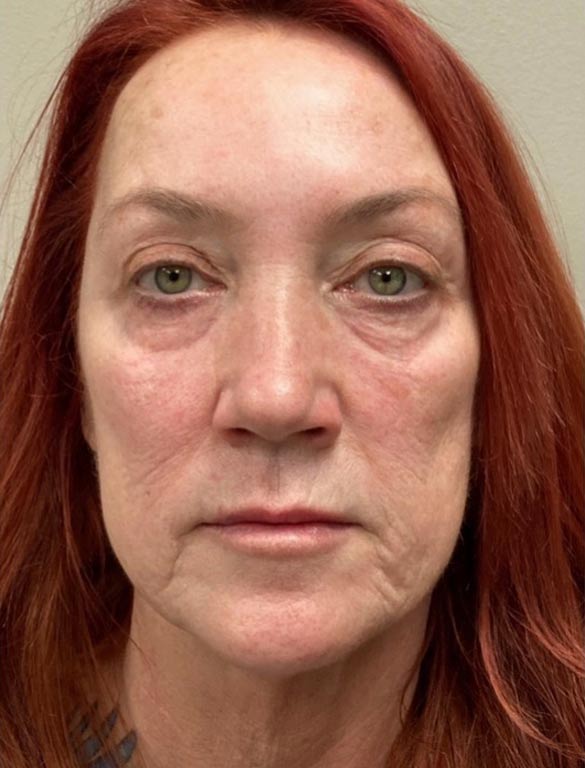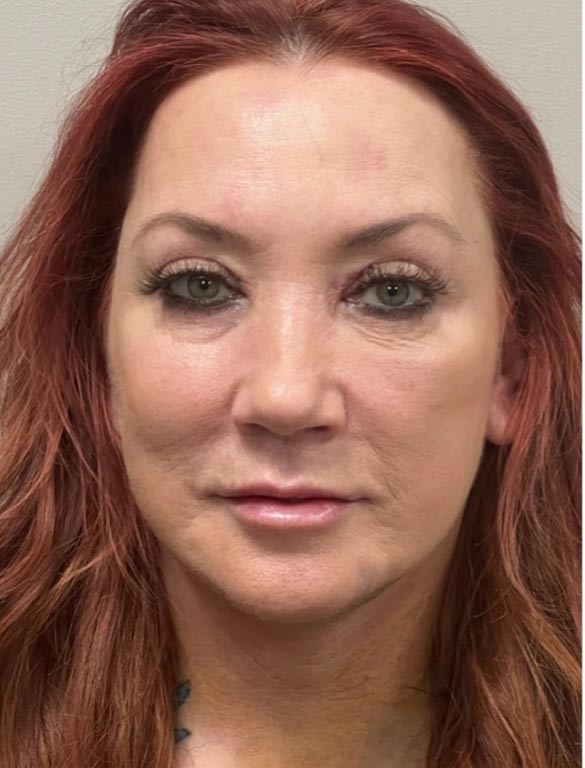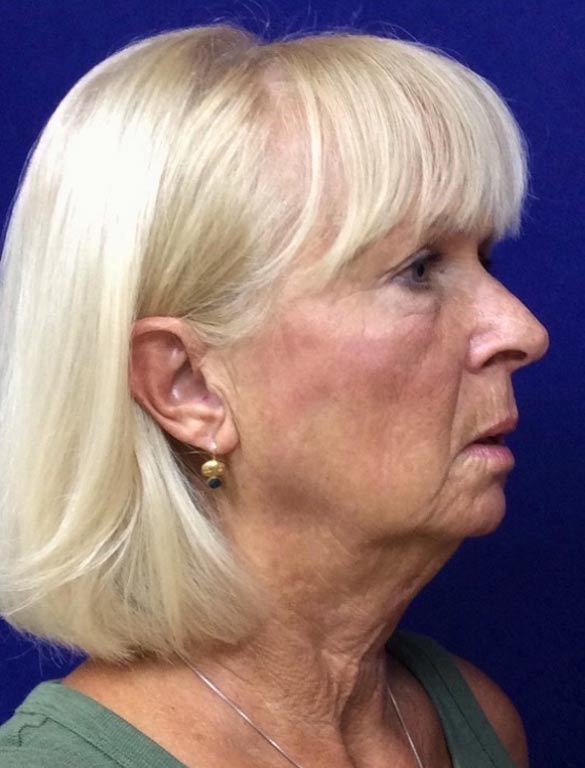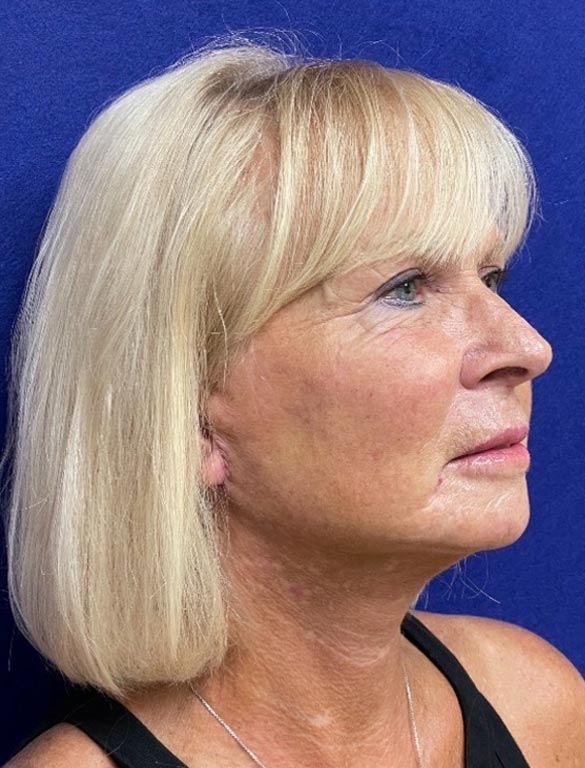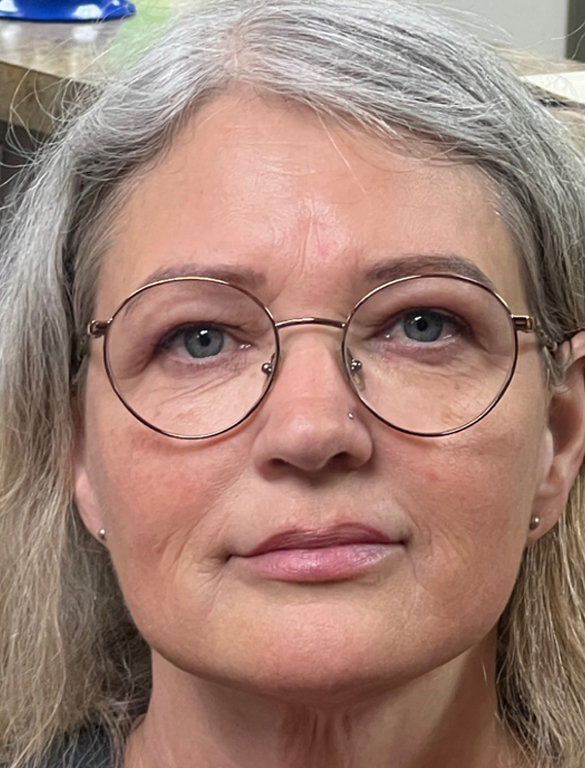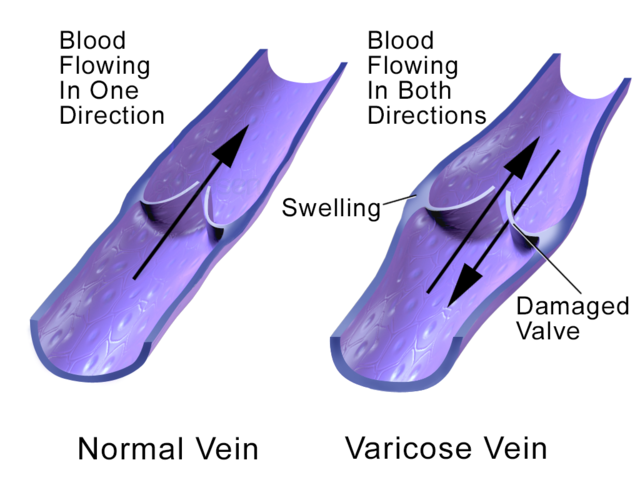Venous reflux disease is not uncommon, so you should arm yourself with the facts about it. It’s also called venous insufficiency—the two names refer to two important parts about it. The term “reflux” refers to something flowing back, and as the name implies, this problem is when blood cannot flow back to the heart, and ends up pooling in the legs. It’s also called venous insufficiency, as the veins’ valves or the leg’s muscles are insufficient to pump blood back up the leg, or they are pumping an insufficient amount. This might sound familiar, probably because…
Contents
Venous Reflux Evolves from Other Vein Diseases
The same issues that cause varicose veins can cause venous reflux disease as well. Varicose veins often happen because of problems in the arterial valves that push blood back to the heart. These same problems can ultimately cause the arteries to be unable to push the blood back where it needs to be—not just on time, but at all.
Deep vein thrombosis—a blood clot deep in the leg’s veins—is another cause of venous insufficiency. In this case, the clot prevents blood from moving forward. Thrombosis is very dangerous, as the blood clot can become dislodged and travel to the heart and lungs, leading to a high fatality rate if not diagnosed and treated. That’s why…
You Need a Doctor to Diagnose Venous Reflux Disease
An issue with venous insufficiency is that it looks so much like other vein problems, thanks in large part to their shared causes. Changes in skin color, leg cramps, itchy legs, weak legs, and swelling in the legs or ankles—all of these common symptoms of varicose veins are also symptoms of venous reflux disease. This is why you should have a doctor examine your legs if you’re developing problems—they could be hiding something worse, such as thrombosis. Plus, the symptoms are likely to worsen with time, which is particularly problematic as…
Venous Reflux Disease Can Cause Leg Ulcers
Around 80% of leg ulcers are caused by vein diseases. Leg ulcers are usually not life-threatening, but they are painful and require medical treatment. These treatments’ outpatient procedures are as inconveniencing as most vein removal processes, with the disadvantage that the cause of the ulcers is still there. So instead, perhaps investigate how…
There Are Multiple Treatments for Venous Reflux Disease
Just like with varicose veins, the treatment options vary according to the severity of your condition. Perhaps you only need compression stockings and to stretch multiple times per day. Surgeries can range from endoscopic surgery, in which a surgeon ties off varicose veins, to the more invasive vein stripping. While your doctor knows best, it’s not unwise to ask about other options to make sure you’re getting what’s best for you. It’s typically best to avoid invasive surgeries when possible—which is why it’s so great that…
Venous Reflux Disease Is Preventable
Like the symptoms, venous insufficiency shares many of its causes with varicose veins. These include obesity, pregnancy, smoking, family history, and prolonged periods of inactivity. While you can’t avoid some of these, you can address some of them. Maintain a healthy body weight, move around periodically, and avoid tobacco, and you’re much less likely to need to worry about numbers 1 through 4 on this list.

